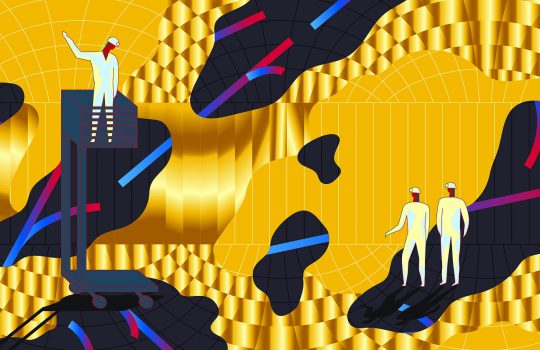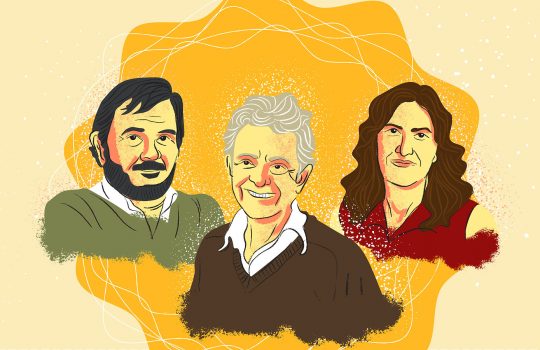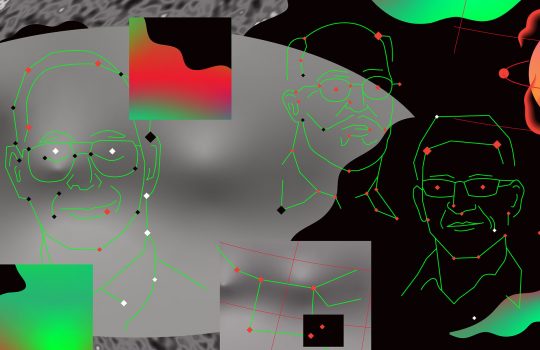Run top quark run
From CERN, Oct. 7, 2019: The CMS collaboration has measured for the first time the variation, or “running,” of the top quark mass. The theory of quantum chromodynamics predicts this energy-scale variation for the masses of all quarks and for the strong force acting between them. Observing the running masses of quarks can therefore provide a way of testing quantum chromodynamics and the Standard Model.




